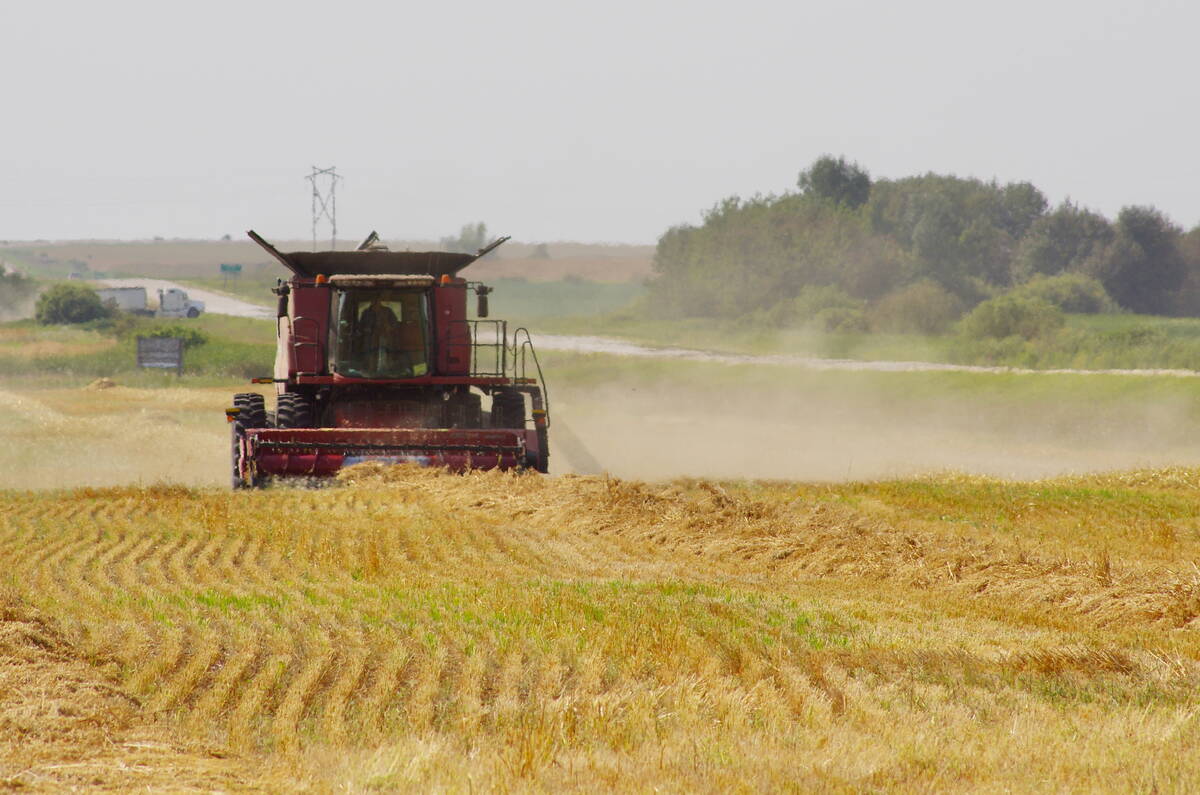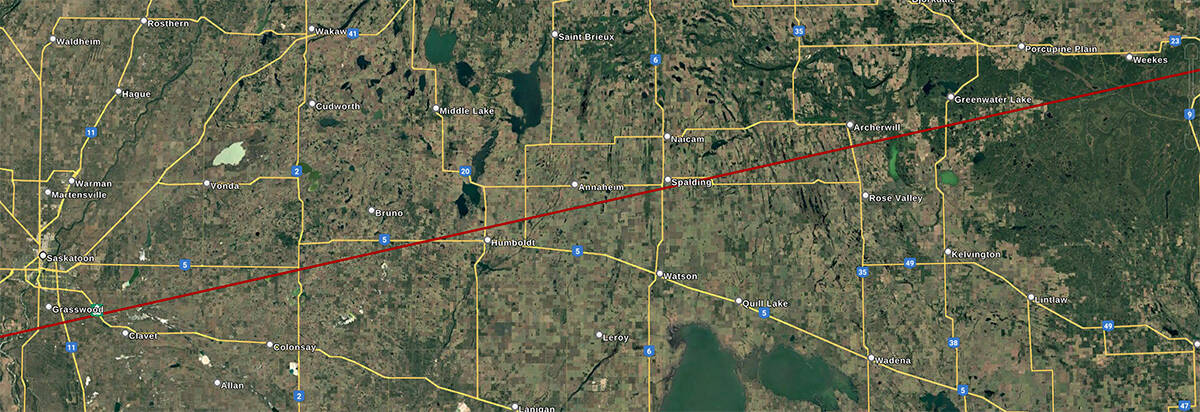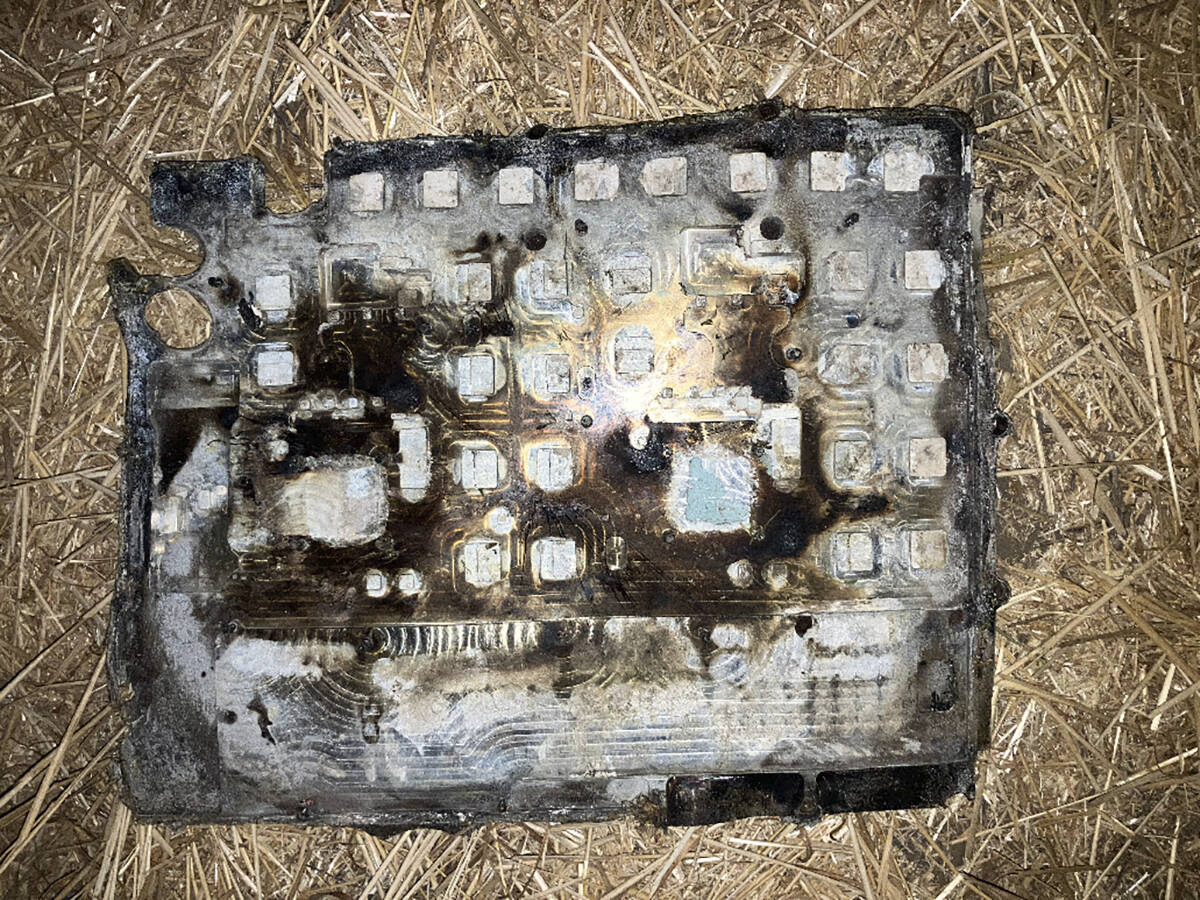REGINA — Farmers and landowners east of Saskatoon are asked to watch for possible debris in their fields after the re-entry of a satellite in late September.
The re-entry was visible and captured by video as the Starlink satellite burned up on a path from Vancouver to Saskatoon.
University of Regina astronomy professor Samantha Lawlor, who was involved in the investigation of space junk that landed near Ituna, Sask., a year ago, said there is a small chance that debris landed in fields.
Read Also

Herbicide resistance sprouts in Manitoba’s wild oats
Farmers across Manitoba this fall are gearing up for the latest salvo in what, for many, has become a longtime battle to beat out wild oats.
Space X maintains its satellites burn up completely, but the Crew Dragon trunk debris found near Ituna and another piece about the size of two laptops found near Hodgeville, Sask., indicate that isn’t happening in all cases.
Lawlor said the southern Prairies are under the densest band of orbiting satellites.
“They spend more time over us,” she said.
“And I think just because people are outside more and working on their farms, they are noticing these re-entries more. There’s more than 8,500 Starlinks in orbit now, and all of those are going to be burned up in the atmosphere, so this is going to become more and more common.”
In the same week that the most recent re-entry occurred over Canada, there were also re-entries over California and Texas. Lawlor said SpaceX has said it tries to have re-entry occur over oceans, but that clearly isn’t happening.
Burning satellites aren’t great for the atmosphere either, she said, because they deposit a huge amount of metal in the upper atmopshere.
Satellite pieces that fall in the mountains of British Columbia or in northern Quebec are likely to never be found, but because Prairie farmers are out harvesting, this is the perfect time to find possible debris. The Sept. 23 re-entry could have dropped pieces into the boreal forest, too.
Lawlor said people shouldn’t worry about being hit, but every re-entry is like rolling the dice.
“Eventually it’s going to kill someone, and this is a completely avoidable death,” she said.

“There are so many ways to make this less risky to people on the ground, to use fewer satellites, smaller satellites or use different materials, or use different orbits.”
SpaceX took the pieces found near Ituna, but Lawlor said she has no idea what it did with them or if they were just dumped in a landfill. The farmer who found the debris by Hodgeville sent it to the company.
The satellites fall under international law once they are in orbit. The Candian Space Agency is working on a reporting system, but that is happening slowly, Lawlor said.
She would like farmers or anyone else who finds a piece of metal or carbon fibre that doesn’t appear to have come from farm equipment to send her photographs for identification. The debris could look melted and burned.
Anyone with safety concerns over what they find should contact the RCMP.
The reporting email is spacejunk@outerspaceinstitute.ca.


















